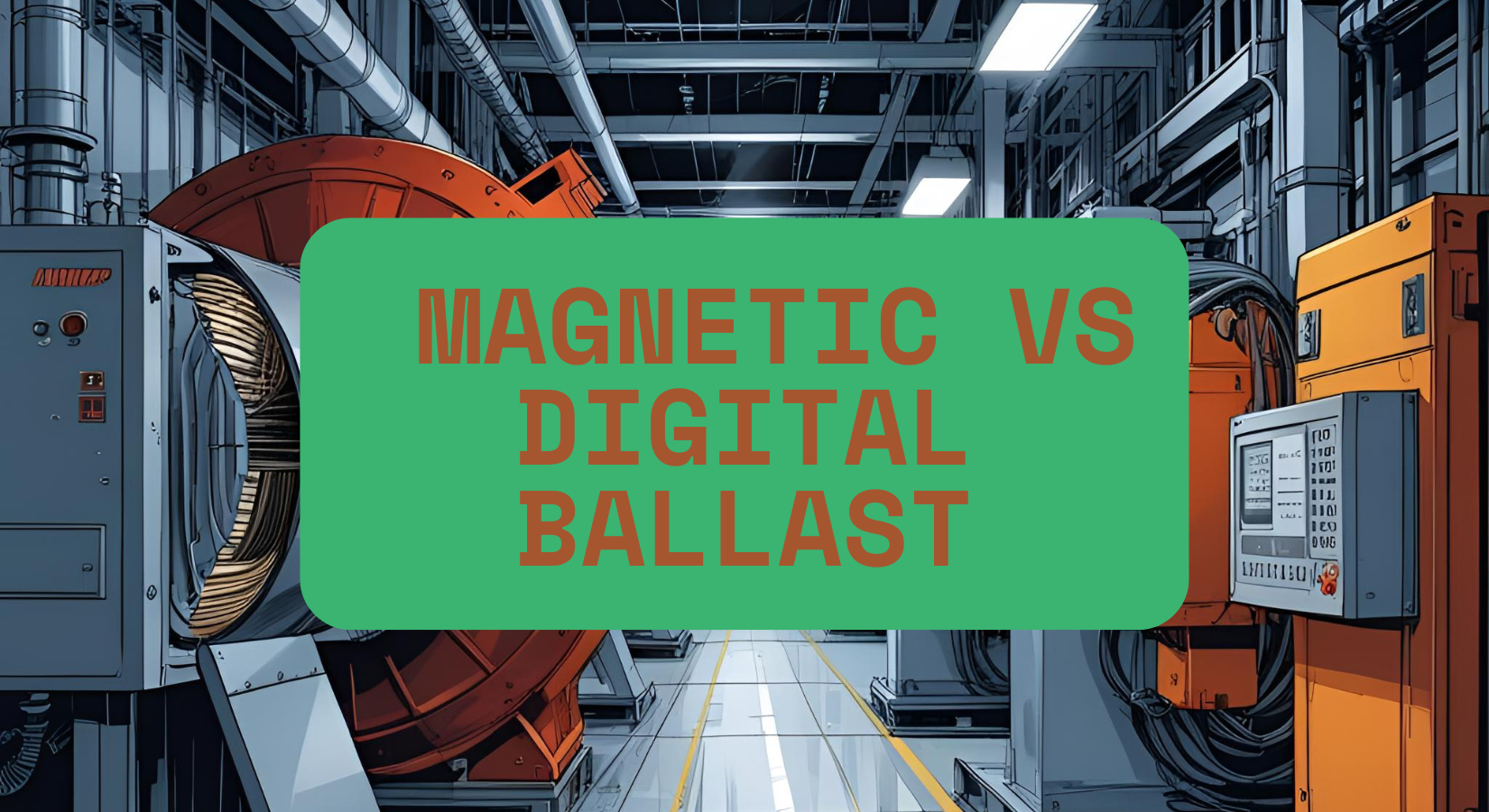Are Digital Ballasts Better Than Magnetic Ballasts?
Choosing the right ballast for your grow light system is essential to the performance and efficiency of your hydroponic grow room. Whether you use HPS, MH, or CDM lamps, ballasts regulate the current to your light, protect your system from surges, and determine how much energy is consumed. In this blog, we’ll explore the key differences between digital and magnetic ballasts—and explain why more growers are upgrading to digital models or switching to LED altogether.
What Is a Ballast and Why Does It Matter?
A ballast controls the flow of electricity to your grow lamp. Without it, your HID bulb would draw too much power and quickly burn out. Ballasts ensure your system starts safely and maintains a stable output. You’ll typically find two types:
-
Magnetic Ballasts – Traditional, transformer-based, cheaper upfront.
-
Digital Ballasts – Microprocessor-controlled, cooler, dimmable, and energy-efficient.
While both do the job, their performance varies drastically—especially when used in modern grow rooms.
Magnetic Ballasts: The Old School Choice
Magnetic ballasts have been used in hydroponics for decades. Built with heavy coils and a sturdy metal case, they’re reliable and long-lasting—but not without drawbacks.
Pros:
-
Durable and simple
-
Lower initial cost
-
Easy to find replacements
Cons:
-
High heat output (less energy-efficient)
-
Large and heavy
-
No dimming or variable output
-
Fixed wattage and lamp type
-
Audible humming noise
View our magnetic ballasts collection for budget options.
Digital Ballasts: The Efficient Upgrade
Digital (or electronic) ballasts use advanced circuitry to regulate current. They're now considered the standard for serious growers, particularly those using HPS or CDM grow lights.
Pros:
-
High energy efficiency (less heat = lower running costs)
-
Lightweight and silent operation
-
Dimmable and dual voltage
-
Longer lamp lifespan due to softer startup
-
Compatible with a wide range of grow lights
Cons:
-
Slightly higher cost upfront
-
Require good ventilation due to internal components
Try top-rated digital models like:
Where Do CDM and LED Fit In?
Ballast choice is directly linked to the type of light you're using. Most HID systems (like HPS, MH, and CDM) still rely on ballasts—especially for larger grow setups. However, LEDs are changing the game.
CDM (Ceramic Metal Halide):
-
Works best with dimmable digital ballasts.
-
Produces a broader light spectrum than HPS.
-
Often used during the vegetative stage or full-cycle grows.
LED Grow Lights:
-
No ballast required.
-
Up to 50% more efficient than HID.
-
Full spectrum and low heat.
-
Higher upfront cost, but lower long-term cost.
-
Ideal for growers looking to reduce energy usage and improve canopy penetration.
Explore our LED grow lights collection.
Quick Comparison Table
| Feature | Magnetic Ballast | Digital Ballast |
|---|---|---|
| Energy Efficiency | Low | High |
| Heat Output | High | Low |
| Size & Weight | Bulky | Compact |
| Sound | Hums | Silent |
| Dimmable | No | Yes |
| Compatibility | Limited | Versatile |
| Lamp Life Support | Shorter | Longer |
| Upfront Cost | Lower | Slightly Higher |
Which Should You Choose?
-
Budget setup or backup gear? Go for a magnetic ballast.
-
HID lighting with performance in mind? Digital ballasts are the clear winner.
-
Ready to go high-efficiency and low-heat? Skip ballasts and invest in LED.
Even if you're not ready to switch to LEDs, upgrading your ballast to a digital one can improve your system’s performance, save on running costs, and prolong the life of your lamps.
Ready to Upgrade Your Grow Room?
Whether you're running a small indoor setup or a full-scale hydroponic operation, choosing the right ballast—or switching to LED—can make all the difference. Holland Horticulture offers a wide range of lighting solutions to meet your needs.
Shop now:
Need help choosing? Contact our team of experienced grow room experts for personalised advice.

